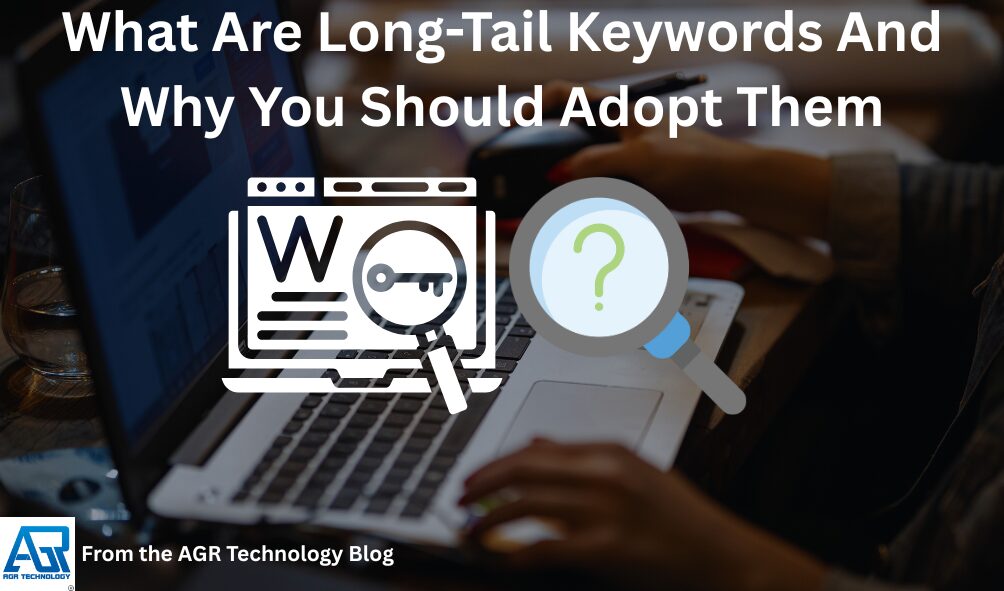Struggling to rank for broad, competitive terms that eat your budget and barely convert? You’re not alone. The fastest wins in SEO often come from long-tail keywords, specific, lower-competition phrases that map cleanly to buyer intent. In this guide, we explain what long-tails are, why they matter, how to find them, and exactly how we at AGR Technology use them to drive qualified traffic and revenue. If you want practical, ROI-focused SEO, this is where to start.
Need help with your SEO strategy? Contact AGR Technology to see how we can help
Reviews from our happy clients:
Proudly supporting clients of all sizes to succeed through digital solutions

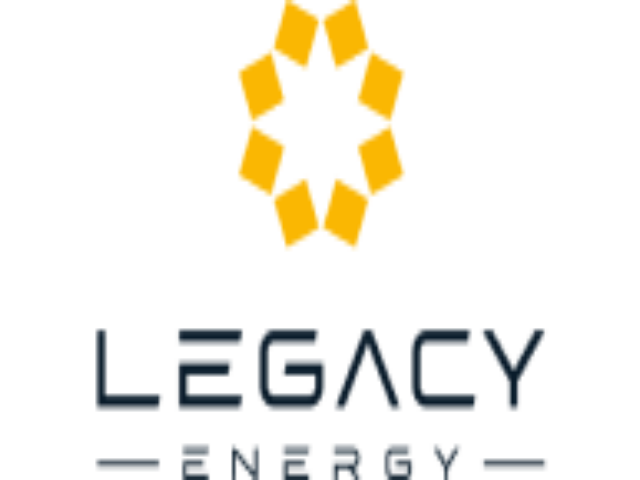
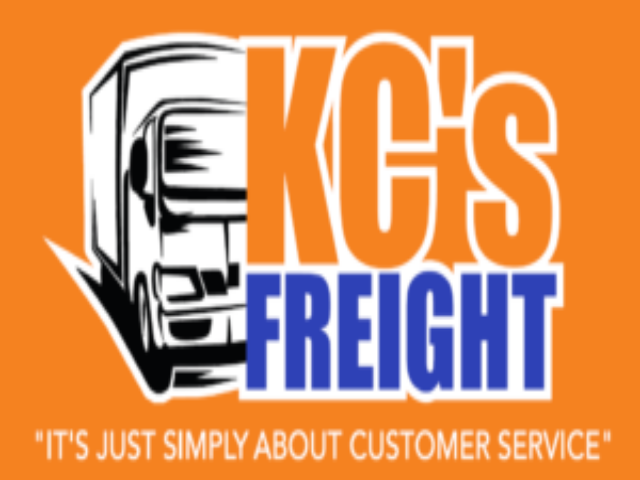

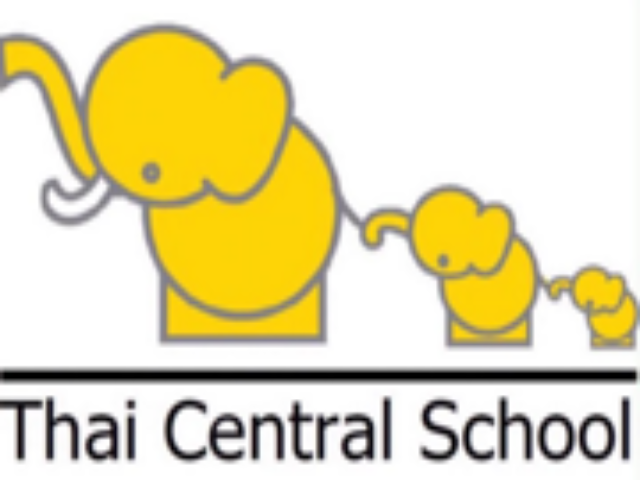

Why work with us?
What Long-Tail Keywords Are
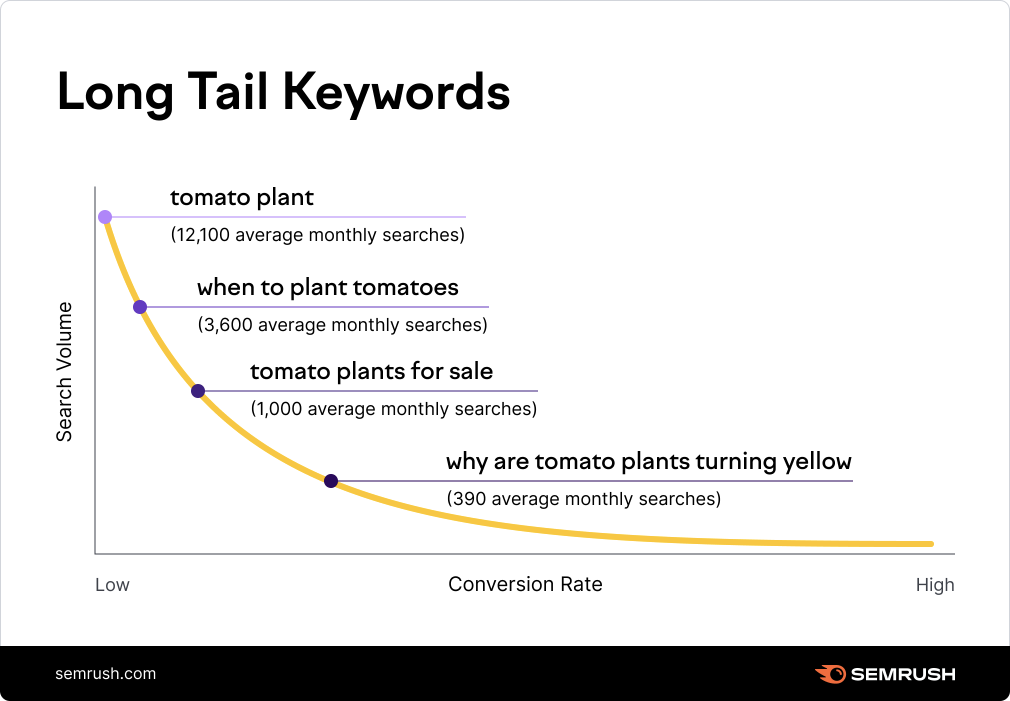
Characteristics And Examples
Long-tail keywords are longer, more specific search phrases, usually three or more words, that describe a clear need. They trade raw volume for precision and intent.
Examples:
- “best CRM for tradies in Melbourne”
- “how to migrate WordPress to AWS with zero downtime”
- “cybersecurity awareness training for small healthcare clinics”
They’re often:
- Specific to niche use cases or locations
- Tied to a problem, feature, or buying criteria
- Easier to rank for than head terms like “CRM” or “WordPress hosting”
Search Intent And The User Journey
Long-tails tend to sit deeper in the funnel. Someone searching “project management” could mean anything. Someone searching “best project management software for construction quoting” is closer to a decision.
We map long-tails to intent:
- Informational: “how to set up DMARC in Office 365”
- Commercial: “DMARC monitoring tool comparison”
- Transactional: “buy DMARC monitoring for Microsoft 365”
This lets content meet users where they are and move them to action.
Why Long-Tail Keywords Matter
Lower Competition And Faster Rankings
Competing on head terms can take years. Long-tails face fewer strong domains, meaning quicker visibility and lower cost per acquisition. Even if individual volumes look small, they compound across dozens or hundreds of pages into serious traffic.
Practical note: Google has shared that about 15% of daily searches are brand new. That’s a constant stream of novel, specific queries, exactly where long-tails shine.
Higher Conversion And More Qualified Traffic
Specific searches reflect specific needs. When pages answer those needs cleanly, conversion rates climb, more demos, trials, and sales. We routinely see long-tail pages produce higher lead quality and shorter sales cycles because they match pain points and criteria people actually care about.
Voice Search And Conversational Queries
Voice assistants and mobile search push natural-language queries: “what’s the easiest way to back up QuickBooks to the cloud?” Optimising for these conversational long-tails (with FAQ blocks, concise answers, and schema) earns featured snippets and captures on-the-go intent.
Want the quick wins first? Book a free discovery call with AGR Technology to plan your first long-tail targets.
How To Find High-Value Long-Tail Keywords
Use Keyword Tools And SERP Features
Start with a seed term, then expand:
- Tools: Google Keyword Planner, Ahrefs, Semrush, Moz, AlsoAsked
- SERP mining: People Also Ask, Related Searches, autocompletes
- Snippet patterns: look for question formats and “best for X” roundups
Tip: Don’t ignore terms with “low” or “, ” volume in tools. Many are undercounted but still drive real clicks.
Mine Your Own Data Sources
Your owned data is gold:
- Search Console: filter queries by question words and modifiers (for, vs, near me)
- Site search logs: what users can’t find internally
- CRM and support tickets: exact language of objections and use cases
- Sales call notes: recurring phrases buyers use before they sign
We tag these phrases by intent and product fit to build a running backlog.
Listen To Your Audience In The Wild
Go where your market talks:
- Reddit, industry forums, Slack/Discord groups
- G2/Capterra reviews for feature-driven keywords
- YouTube comments and transcripts for “how to” phrases
Capture verbatim phrasing. That’s your headline copy and H2s.
How To Evaluate And Prioritize Opportunities
Intent Match And Business Fit
Ask: Will ranking for this query attract the right buyer and support our product? If the intent is purely informational, plan a soft CTA and internal pathways. If it’s commercial or transactional, lead with comparisons, pricing guidance, and proof.
Use a quick scorecard:
- Intent: informational, commercial, transactional
- Persona: who’s searching?
- Stage: problem-aware, solution-aware, product-aware
- Asset fit: blog, guide, comparison, calculator, template
Difficulty, Volume, And Click Potential
Classic metrics still matter:
- Keyword Difficulty (KD) and SERP strength
- True Click Potential: are there ads, maps, or instant answers suppressing clicks?
- Traffic stacking: can one page rank for many close variants?
We often pick a lower-volume term with clean click-through potential over a slightly larger one buried under ads and widgets.
Profit Potential And Seasonality
Estimate upside:
- Revenue per lead/opportunity
- Historical seasonality (Search Console + Google Trends)
- Lead time to publish and rank
Prioritise keywords that connect to high-margin services or fast-moving offers. Build “evergreen” pages first, then layer in seasonal content ahead of the curve.
Incorporating Long-Tails Into Your Content Strategy
Build Topic Clusters And Supporting Pages
Create a cornerstone page for a broad theme, then publish supporting articles targeting long-tail subtopics. Link both ways. This structure signals topical authority and captures a wide net of semantically related queries.
Example cluster: “email security”
- Pillar: Email Security Best Practices
- Supporting: “how DMARC works,” “SPF vs DKIM,” “DMARC monitoring for Microsoft 365,” “fix SPF too many DNS lookups”
On-Page Optimization And Semantic Variants
On the page:
- Use the target long-tail in title tag, H1, intro, and URL (where natural)
- Add semantic variants and synonyms: entities, related features, locations
- Answer the query fast: then expand with steps, pros/cons, and examples
- Schema where relevant: FAQPage, HowTo, Product, Review
Keep it human. Write for users first: let keywords follow naturally.
Internal Linking And Site Architecture
Use descriptive, varied anchor text from related pages. Place links high on the page where helpful. Maintain clean hub pages and breadcrumbs. Good architecture helps crawlers discover and evaluate your cluster quickly, and it helps users actually convert.
Measuring Impact And Avoiding Pitfalls
Track Rankings, Conversions, And Assisted Value
Track beyond positions:
- Primary: organic leads, trials, revenue attributed
- Secondary: assisted conversions, time-to-first-sale, pipeline velocity
- Page-level: unique queries captured, snippet ownership, CTR
Use Search Console, analytics, and CRM attribution to see the real commercial impact of long-tail SEO.
Prevent Keyword Stuffing And Cannibalization
Common mistakes:
- Stuffing variants unnaturally, hurts readability and rankings
- Publishing multiple pages targeting the same intent, pages compete and both weaken
Fixes:
- One intent per page: consolidate overlaps
- Use natural language and FAQ sections for variants
- Refresh underperformers before adding more pages
Refresh And Expand Winning Pages
When a page starts ranking:
- Update examples, screenshots, and steps
- Add related FAQs sourced from People Also Ask and Search Console
- Improve internal links and add a short video or diagram
Small updates maintain freshness and often unlock new long-tail variants.
Conclusion
Long-tail keywords help us attract the right visitors, rank faster, and convert better, all without burning through budget on vague head terms. They align with real search intent, power topic clusters, and make your content strategy measurable.
If you want an SEO plan built for outcomes, not vanity metrics, we can help. Book a strategy call with AGR Technology. We’ll research, prioritise, and execute a long-tail roadmap that fits your market and your pipeline goals.
About AGR Technology: We’re a results-focused SEO and digital solutions team. Our work is grounded in research, clean execution, and transparent reporting. Ready to get moving? Let’s pick the first long-tail wins and start stacking ROI.
Frequently Asked Questions
What are long-tail keywords, and why should you adopt them?
Long-tail keywords are longer, highly specific phrases that reflect clear intent, like “best CRM for tradies in Melbourne.” They’re less competitive, faster to rank, and attract more qualified visitors. Because they match precise needs, long-tail keywords typically convert better and deliver stronger ROI than broad, vague head terms.
How do long-tail keywords align with search intent and the user journey?
Long-tails map cleanly to intent stages. Informational queries ask how-to questions, commercial queries compare tools or features, and transactional queries signal readiness to buy. By matching content to each intent—guides, comparisons, or product pages—you move users from research to action with minimal friction.
How can I find high-value long-tail keywords quickly?
Combine tools and first-party data. Use Keyword Planner, Ahrefs, Semrush, and SERP features like People Also Ask, Related Searches, and autocompletes. Mine Search Console, on-site search, CRM/support tickets, and sales notes. Listen on Reddit, forums, and reviews. Don’t ignore “low volume” terms—many are undercounted but drive real clicks.
What’s the best way to use long-tail keywords in my content strategy?
Build topic clusters with a pillar page and supporting articles around long-tail subtopics. Optimize pages with the target phrase in titles, H1, and intro, add semantic variants, answer fast, then expand. Use relevant schema (FAQ, HowTo), and strengthen internal linking with descriptive anchors to improve discovery and conversions.
How long do longtail keyword pages take to rank, and what speeds it up?
They often surface faster than head terms—commonly 4–12 weeks—depending on domain strength, content quality, internal links, and SERP competition. Speed it up by matching intent precisely, structuring for snippets, earning relevant links, improving page speed, and consolidating overlapping content to avoid cannibalization.
Should I target longtail keywords with SEO, PPC, or both?
Use both strategically. SEO captures compounding, lower-cost long-tail traffic over time, ideal for evergreen queries. PPC can immediately test messaging, cover high-intent terms, and fill gaps while pages rank. Share insights between channels—winning ad copy, query reports, and landing page data—to refine targets and improve conversions.
Source(s) cited:
(2021). [Online]. Available at: https://static.semrush.com/kb/uploads/2021/07/14/image_LvkQlP2.png (Accessed: 18 November 2025).
Related content:
Digital Marketing Services for B2B SaaS Companies
SEO Services For Roofing Companies
SEO Services for Large Language Models (LLMs)

Alessio Rigoli is the founder of AGR Technology and got his start working in the IT space originally in Education and then in the private sector helping businesses in various industries. Alessio maintains the blog and is interested in a number of different topics emerging and current such as Digital marketing, Software development, Cryptocurrency/Blockchain, Cyber security, Linux and more.
Alessio Rigoli, AGR Technology
![logo-new-23[1] logo-new-23[1]](https://agrtech.com.au/wp-content/uploads/elementor/thumbs/logo-new-231-qad2sqbr9f0wlvza81xod18hkirbk9apc0elfhpco4.png)
